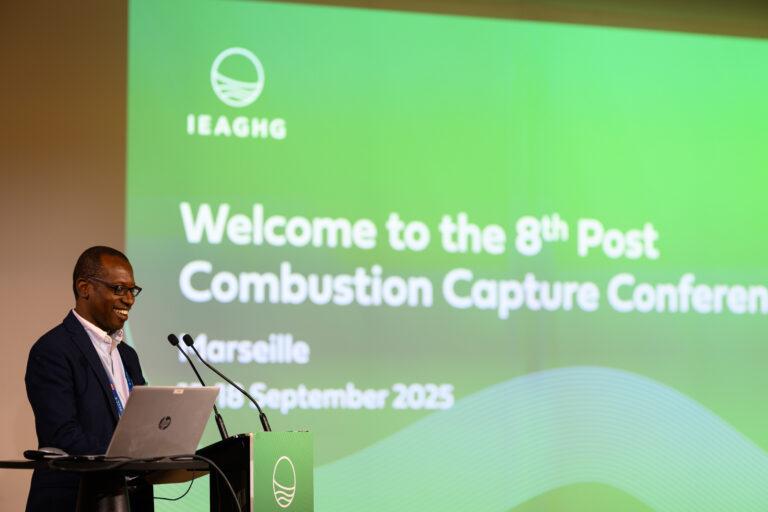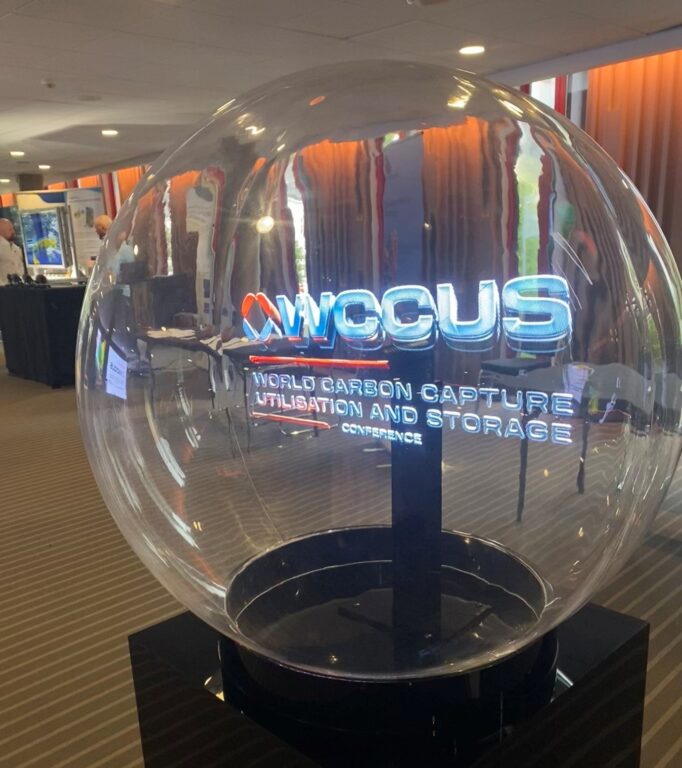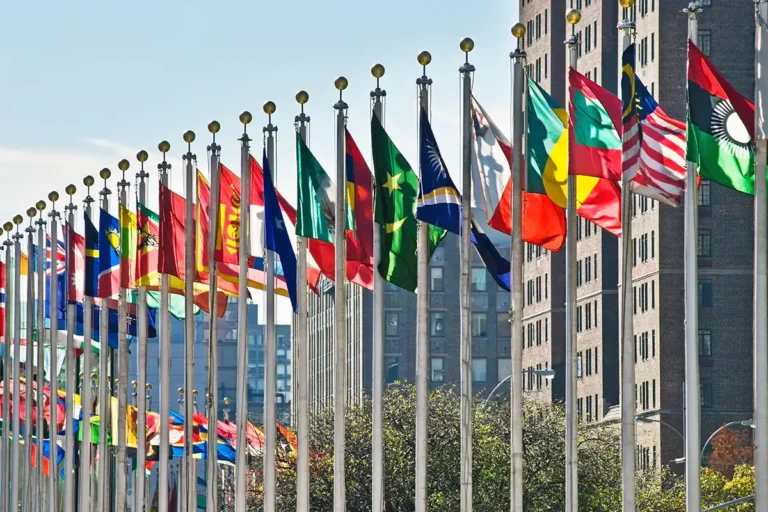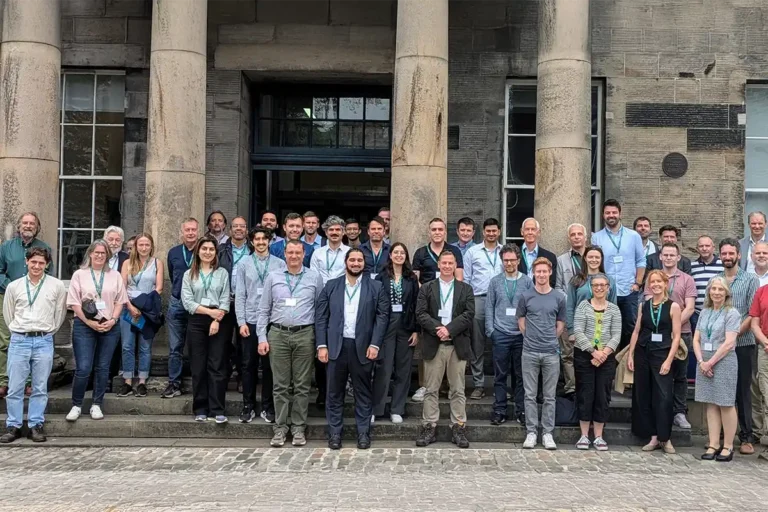
Prospective integration of Geothermal Energy with Carbon Capture and Storage (CCS)
29 November 2023

Keeping climate goals on track will demand a plethora of initiatives. Combining and integrating technologies is therefore a seemingly attractive proposition. In this study, conducted for IEAGHG by BRGM, the goal was to explore the potential of utilising geothermal heat resources combined with some form of Carbon Capture, Utilisation and Storage (CCUS). Benefits to combining the two include efficiency improvement of heat transfer by using CO2 as a heat vector; optimising costs; and the similarity in some subsurface requirements. Over the past 20 years, there has been a growing body of work that explores these concepts, many at conceptual stages with some reaching the demonstration stage (for example Carbfix in Iceland, CLEAG in Croatia).
This study aimed to provide a dispassionate review of these concepts where there might be potential for combining the two for mutual benefit and to provide a screening methodology to evaluate the best locations for such initiatives. 15 different concepts were identified, described, and critically evaluated against 17 key criteria.
Reviewing the extensive literature led to three main categories of concepts (with other borderline concepts noted):
2. Geothermal energy is produced with water-dominated fluid with CO2 dissolved in the water.
3. Indirect concepts where there is a degree of overlap between geothermal energy production and CCS e.g. shared reservoirs, shared installations or use of geothermal energy in the CO2 capture process.
The main findings from the ranking exercise showed that the most ambitious concepts in terms of high energy delivery and high CO2 storage potential- (CO2-Enhanced Geothermal Systems, CO2 Plume Geothermal-Energy Storage, Earth Battery, and Hybrid Energy Systems) rely on high technological complexity that needs to be proven to confirm feasibility. Whereas, lower capacity systems, such as most of the water-driven geothermal concepts with CO2-(re)injection, have the advantage of using simpler and more mature technologies, making technical feasibility more likely to be achievable or already proven by existing demonstrators (CarbFix, CLEAG, CO2 re-injection). These concepts require a high level of replicability if they are going to have a measurable environmental impact on reducing CO2 emissions but are potentially easier to manage permitting and gain social acceptance.
A webinar on this report was held on 27th September 2023 and can be found here.
Download The ReportOther articles you might be interested in
Get the latest CCS news and insights
Get essential news and updates from the CCS sector and the IEAGHG by email.
Can’t find what you are looking for?
Whatever you would like to know, our dedicated team of experts is here to help you. Just drop us an email and we will get back to you as soon as we can.
Contact Us NowOther articles you might be interested in
Get the latest CCS news and insights
Get essential news and updates from the CCS sector and the IEAGHG by email.
Can't find what you are looking for?
Whatever you would like to know, our dedicated team of experts is here to help you. Just drop us an email and we will get back to you as soon as we can.
Contact Us Now









